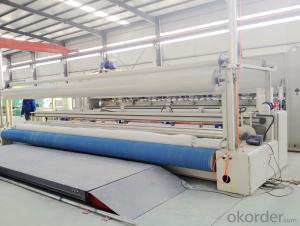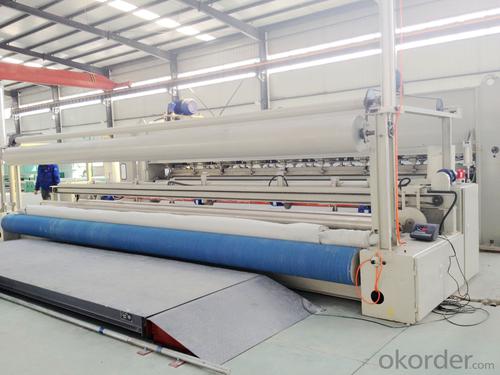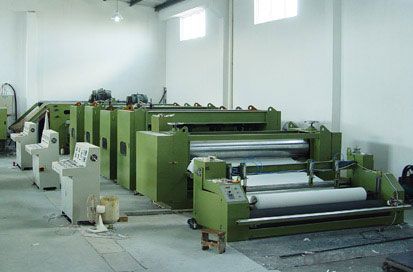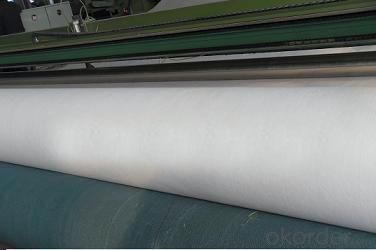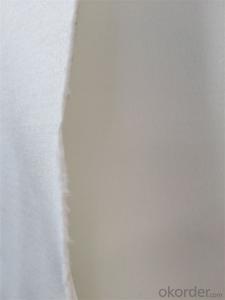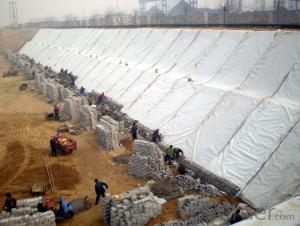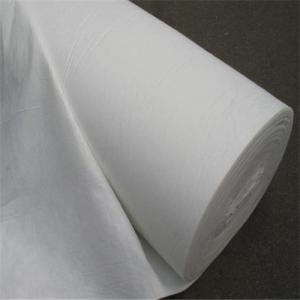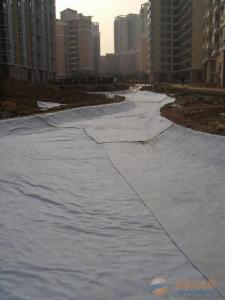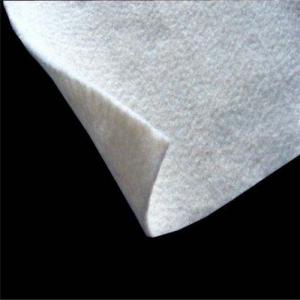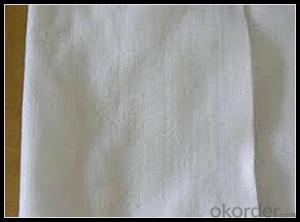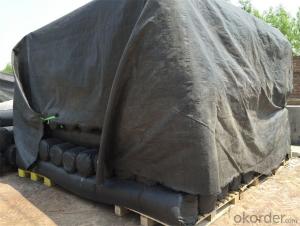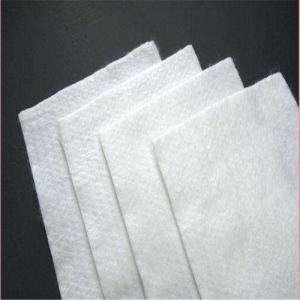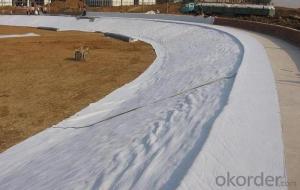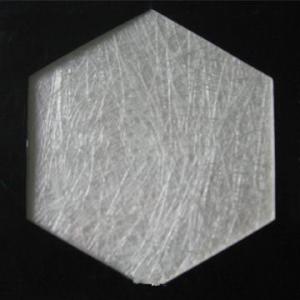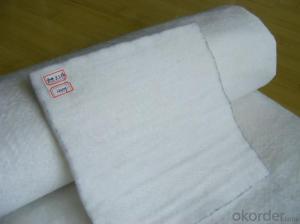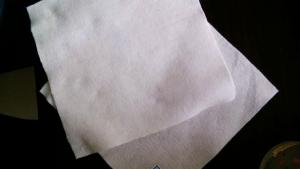Black Polypropylene Geotextile for Road Construction
- Loading Port:
- Qingdao
- Payment Terms:
- TT OR LC
- Min Order Qty:
- 10000 m²
- Supply Capability:
- 500000 m²/month
OKorder Service Pledge
OKorder Financial Service
You Might Also Like
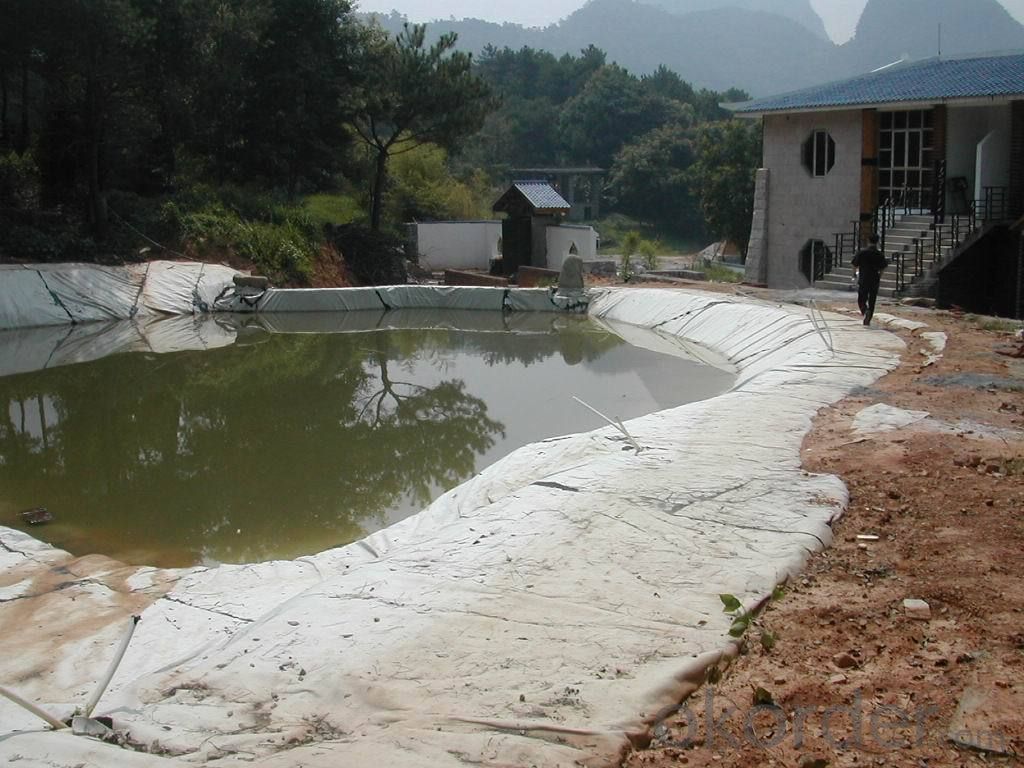
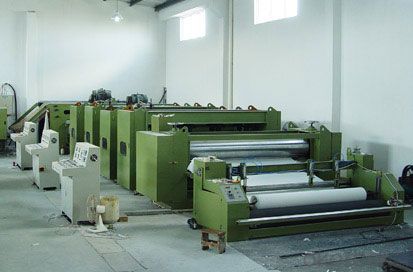
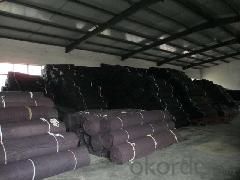
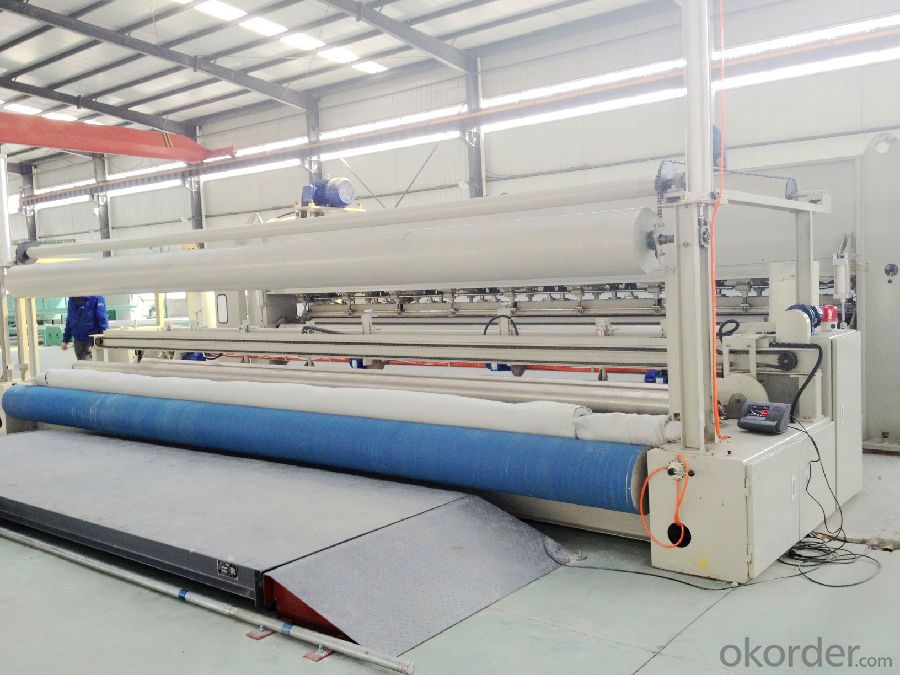
Black Polypropylene Geotextile Specification:
No. | Specification(g/m2) | 100 | 150 | 200 | 250 | 300 | 350 | 400 | 450 | 500 | 600 | 700 | 800 | 1000 | Remark |
1 | Weight deviation, % | -8 | -8 | -8 | -8 | -7 | -7 | -7 | -7 | -6 | -6 | -6 | -6 | -6 | |
2 | Thickness, mm≥ | 0.9 | 1.3 | 1.7 | 2.1 | 2.4 | 2.7 | 3.0 | 3.3 | 3.6 | 4.1 | 4.5 | 5.0 | 5.8 | |
3 | Width deviation,% | -0.5 | |||||||||||||
4 | Breaking strength, KN/m ≥ | 2.5 | 4.5 | 6.5 | 8.0 | 9.5 | 11.0 | 12.5 | 14.0 | 16.0 | 19.0 | 22.0 | 25.0 | 31.0 | MD and CD |
5 | Breaking elongation,% | 25~100 | |||||||||||||
6 | CBR bursting strength, KN≥ | 0.3 | 0.6 | 0.9 | 1.2 | 1.5 | 1.8 | 2.1 | 2.4 | 2.7 | 3.2 | 3.7 | 4.0 | 5.0 | |
7 | Sieve Size O90 mm | 0.07~0.2 | |||||||||||||
8 | Vertical permeability coefficient, cm/s | Kx(10-1~10-3 ) | K=1.0 ~9.9 | ||||||||||||
9 | Tear strength, KN≥ | 0.08 | 0.12 | 0.16 | 0.20 | 0.24 | 0.28 | 0.33 | 0.38 | 0.42 | 0.46 | 0.53 | 0.60 | 0.75 | MD and CD |
FAQ
We have organized several common questions for our clients,may help you sincerely:
Q1: How about your company?
A1:Our company are one of the largest geosynthetic products supplier in the world.We have the products experience more than 20 years.Already export to USA/Germeny/Australia/Zambia/Brazil etc.more than 20 countries.Almost 10years.Our products including Geocell/Fiberglass Geogrid/Geomembrane/Geotextile/Geonet etc.
Q2:Can you send samples to us ?
A2:Yes , free samples could be provided , but customer need pay for the freight cost .
After order placed , the freight charge could be refund .
Q3:What’s your Payment term ?
A3:T/T , L/C , Western Union,Paypal ...
Q4:What’s your manufacture process time ?
A4:Usually within 20 days
- Q: How do geotextiles help in preventing soil erosion in vineyards?
- Geotextiles help prevent soil erosion in vineyards by acting as a protective layer. They are placed on the soil surface, acting as a barrier that prevents the topsoil from being washed away by rain or irrigation water. This helps maintain the integrity of the soil structure, retains moisture, and reduces the impact of wind erosion. Additionally, geotextiles promote better water infiltration and drainage, reducing the risk of runoff and soil erosion.
- Q: What are the different types of geotextile seams?
- There are several types of geotextile seams, including butt seams, overlap seams, and sewn seams. Butt seams involve joining two edges of geotextile together with an adhesive or heat bonding. Overlap seams are created by overlapping two layers of geotextile and securing them with adhesive or stitching. Sewn seams are made by stitching two layers of geotextile together with a sewing machine. Each type of seam has its own advantages and is suitable for different applications.
- Q: Why do you want to wrap the geotextile
- Filter function, filter function, I am specializing in the production of geotechnical materials
- Q: Any information on geotextiles? I am doing a mock united nation and we are representing turkey and a big issue there is erosion and we were thinking of proposing to use geotextiles and I really need to know defects of using this product, installations for this, prices, if it can be used on a big area, and if it could work for turkey. Any information will help!
- geotextile reinforcement is used to coat the ground in peatlands to make way Maintenance of a good slope stability, one needs to make the soil reinforcement (reinforcement of earth) by using geotextile Benefits of geotextile applications: Improving the design safety factor Increasing the height of the embankment Reducing the displacement embankment during construction Improve performance by increasing uniformity embankment after construction completion geotextile layer was placed on the slope during
- Q: There are engineering budgets
- Geotextile to polypropylene or polyester and other chemical fiber made of raw materials, to acid and alkali, no corrosion, no moth, anti-oxidation. It is widely used in the field of civil engineering, its main application areas are: 1. Highway, railway, airport, building and other engineering foundation reinforcement treatment; use of geotextile to enhance the soil tensile strength and resistance to deformation, Concentrate the stress spread, transfer or decomposition, to prevent the soil by external force and damage. Enhance the stability of the building structure to improve soil quality. 2. dam and other slope protection project; the use of geotextile good permeability and water permeability, so that water flow through, and thus effectively cut off the loss of sand. Geotextile mesh should not be blocked - due to the formation of amorphous fibrous tissue structure and strain and mobility. Has a good conductivity of water, it can make the formation of drainage within the soil channel, the soil structure of excess liquid and gas exclusion. 3 .. road maintenance works; the use of geotextile isolation characteristics to prevent the upper and lower gravel, soil and concrete mixed between. If you really have the confidence to do sales I can try to support the specific telephone consultation Yinjing Li
- Q: How are geotextiles used in geotechnical engineering?
- Geotextiles are used in geotechnical engineering to enhance soil stability, drainage, filtration, and erosion control. They are commonly used as reinforcement layers in road construction, embankments, retaining walls, and landfills. Geotextiles improve the overall performance and longevity of geotechnical structures by providing separation, filtration, and reinforcement functions.
- Q: Can geotextiles be used in underground construction projects?
- Yes, geotextiles can be used in underground construction projects. They are commonly used to provide soil reinforcement, erosion control, and drainage in various underground applications such as tunnels, basements, and underground storage facilities. Geotextiles can help improve soil stability, prevent soil erosion, and enhance the overall performance of the underground construction project.
- Q: How do geotextiles improve drainage systems?
- Geotextiles improve drainage systems by acting as a filter and separator, preventing the clogging of soil particles and allowing water to flow freely through them. This helps in preventing soil erosion, maintaining the stability of the soil, and enhancing the overall effectiveness of the drainage system.
- Q: Composite geotextile per square meter of labor costs how much money 'sewage treatment pool' ground plane 'square meters. More
- Hello, the labor costs are calculated by the day, geotextile composite film to see what you need specifications, according to per square meter, the weight is not the same, the price is not the same
- Q: Thank you, great gods
- Polyester short wire, polyester filament, polypropylene geotextile, filament woven geotextile, and so on. I professional production geotextile geomembrane and other geotechnical materials, a professional construction of the welding team, wish smooth
Send your message to us
Black Polypropylene Geotextile for Road Construction
- Loading Port:
- Qingdao
- Payment Terms:
- TT OR LC
- Min Order Qty:
- 10000 m²
- Supply Capability:
- 500000 m²/month
OKorder Service Pledge
OKorder Financial Service
Similar products
Hot products
Hot Searches
Related keywords
